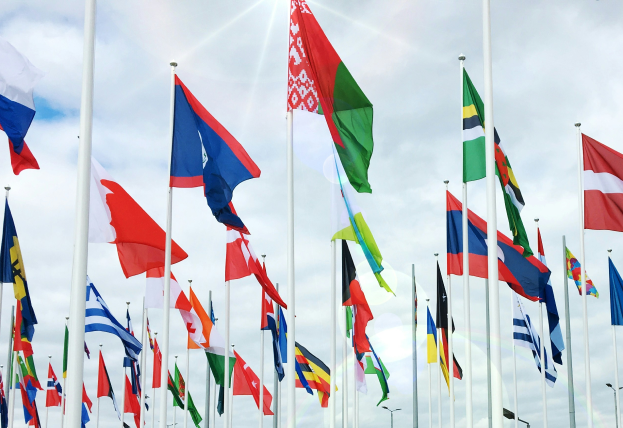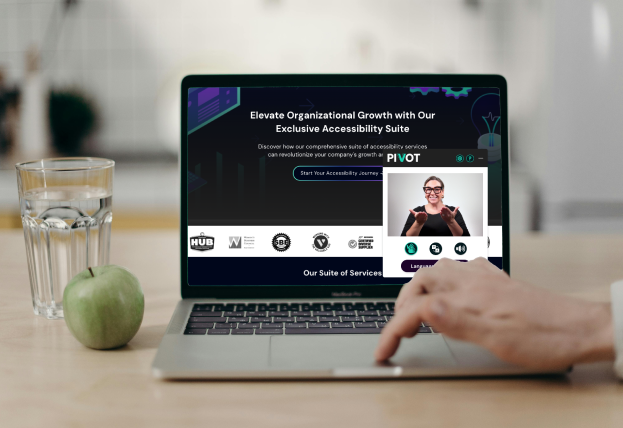Imagine visiting a website that speaks directly to you—not just in your language, but in a way tailored to your needs. Now imagine the opposite: a site that leaves you struggling to understand its content or feeling excluded entirely.
As a business in today’s attention economy, offering a seamless and inclusive customer experience isn’t just a nice-to-have; it’s a game-changer. Multilingual accessibility solutions can bridge this gap, helping businesses connect with broader audiences, build trust, and create lasting relationships. Here’s how to enhance your customer experience by integrating these solutions effectively.
Why Multilingual Accessibility Matters
According to the U.S. Census Bureau, over 22% of Americans speak a language other than English at home. Additionally, millions of individuals worldwide communicate through sign languages. Offering content in multiple languages and formats ensures you’re not leaving anyone behind.
Customers are more likely to engage with brands that make them feel seen, heard, and valued. Multilingual accessibility demonstrates your commitment to inclusivity, which fosters trust and loyalty.
Laws like the Americans with Disabilities Act (ADA) and International Web Accessibility Guidelines (WCAG) mandate accessibility. Providing multilingual options, including sign languages, helps ensure compliance and mitigates legal risks.
Steps to Implement Multilingual Accessibility Solutions
- Analyze Your Audience Start by understanding your audience’s linguistic and accessibility needs. Which languages do they speak? Do they rely on assistive technologies, captions, or sign language? Gathering this data will guide your strategy.
- Leverage Technology Tools like PIVOT by dozanü innovations can simplify multilingual accessibility. With just one line of code, PIVOT integrates American Sign Language (ASL), Mexican Sign Language (LSM), French Sign Language (LSF), and the top 12 spoken languages in the U.S. into your website, creating an inclusive digital experience.
- Incorporate Video Accessibility Videos are a key part of customer engagement, but they need to be accessible. Add captions, subtitles, and sign language interpretation to ensure everyone can access your content.
- Optimize Website Content Multilingual accessibility isn’t just about translation; it’s about localization. Adapt your content to resonate with cultural nuances while maintaining accuracy. Ensure navigation menus, forms, and calls-to-action are easily understood across languages.
- Provide Real-Time Support Empower your customer service team with multilingual capabilities. Offer live chat, email, or phone support in multiple languages, and consider using sign language interpreters for virtual or in-person consultations.
Benefits of Multimodal Language Accessibility Solutions
- Increased Market Share: Tapping into new linguistic and cultural markets drives revenue growth.
- Improved User Experience: Inclusive content makes it easier for all customers to navigate your website and engage with your brand.
- Enhanced Reputation: Committing to diversity and inclusion elevates your brand’s image.
Partnering with Experts
Implementing multilingual accessibility solutions can be challenging without the right expertise. That’s where accesszanü comes in—our accessibility suite and cutting-edge PIVOT technology help businesses create seamless, inclusive experiences for all. From sign language interpreting to digital accessibility consultation, we’re here to guide you every step of the way.
Ready to enhance your customer experience? Contact us today to learn how you can create impact with your business.
Image Description: Two women are sitting at a shared workspace, engaged in a lively conversation while working on a laptop. One woman, wearing a black shirt and glasses, is pointing at the laptop screen, while the other, wearing a yellow shirt, is laughing and gesturing with her hand.



